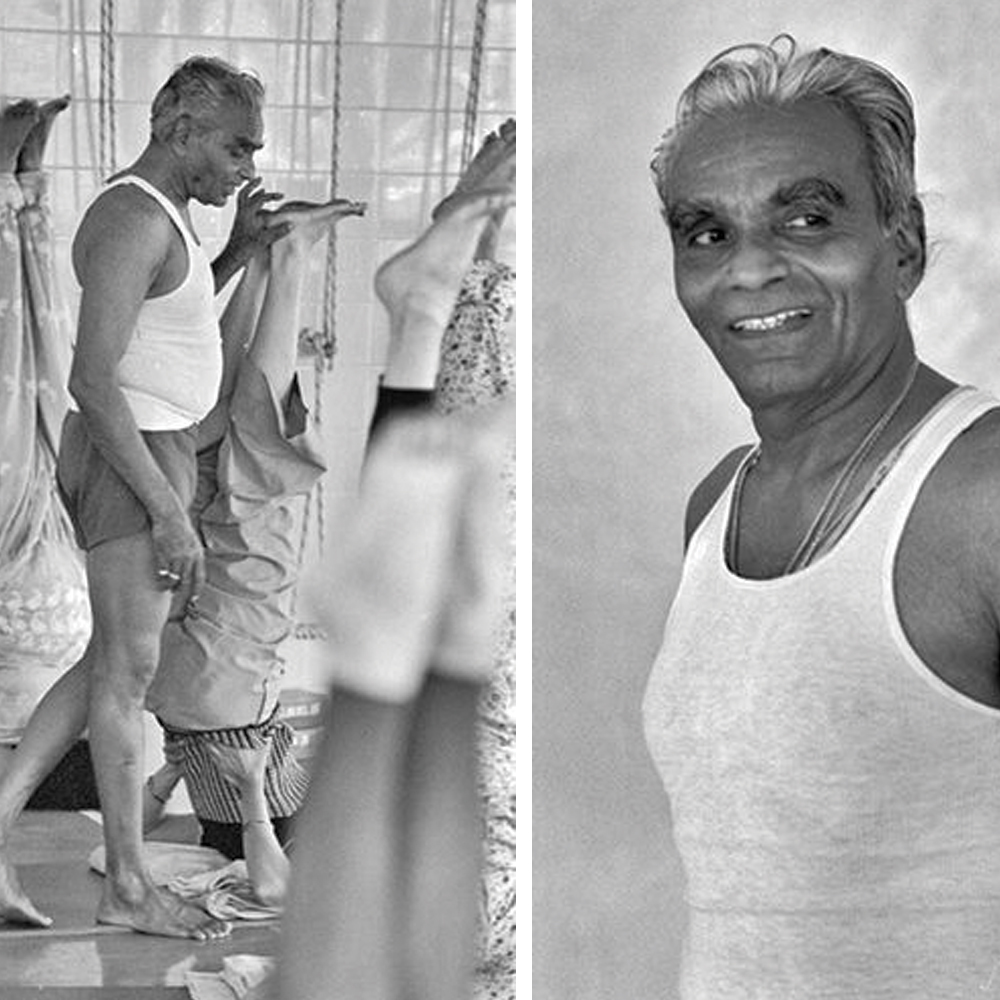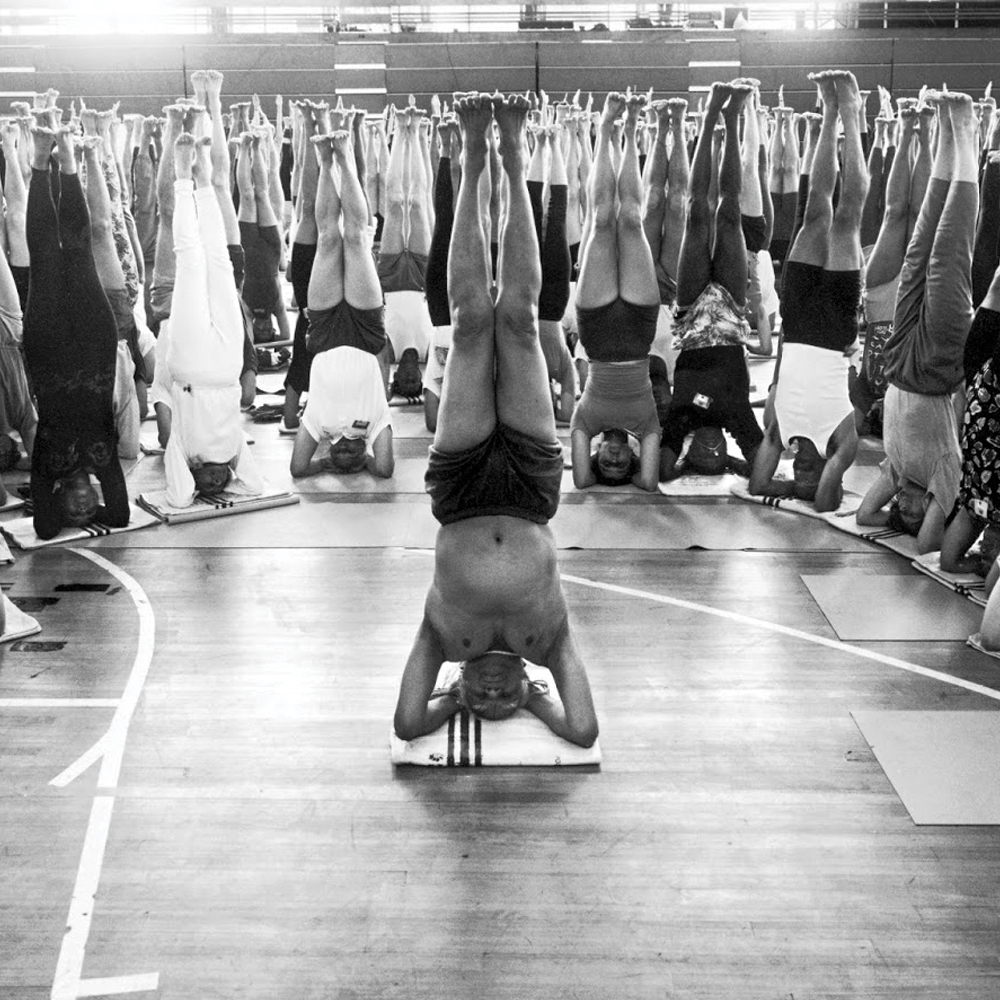What is Iyengar Yoga?
Lovingly known as ‘Guruji’ by his disciples, the young B. K. S. Iyengar struggled past the challenges of malaria, tuberculosis, typhoid, and malnutrition through his devotion to yoga under the tutelage of Tirumalai Krishnamacharya who is often referred to as “the father of modern yoga”. His refusal to brand his teaching demonstrates the purity of his belief which is firmly rooted in Patañjali’s eight limbs or stages of Yoga:
Yama: universal moral commandments
Niyama: self-purification by discipline
Asana: posture
Pranayama: rhythmic control of the breath
Pratyahara: withdrawal and emancipation of the mind from the domination of the senses and exterior objects
Dharana: concentration
Dhyana: meditation
Samadhi: a state of super-consciousness brought about by profound meditation
The Iyengar approach to yoga as demonstrated by the Yogacharya himself and each of his trained disciples reflects the ultimate truth about the practice: it is a spiritual path to self-realization and more than just gymnastics or an intimidating display of flexibility.


